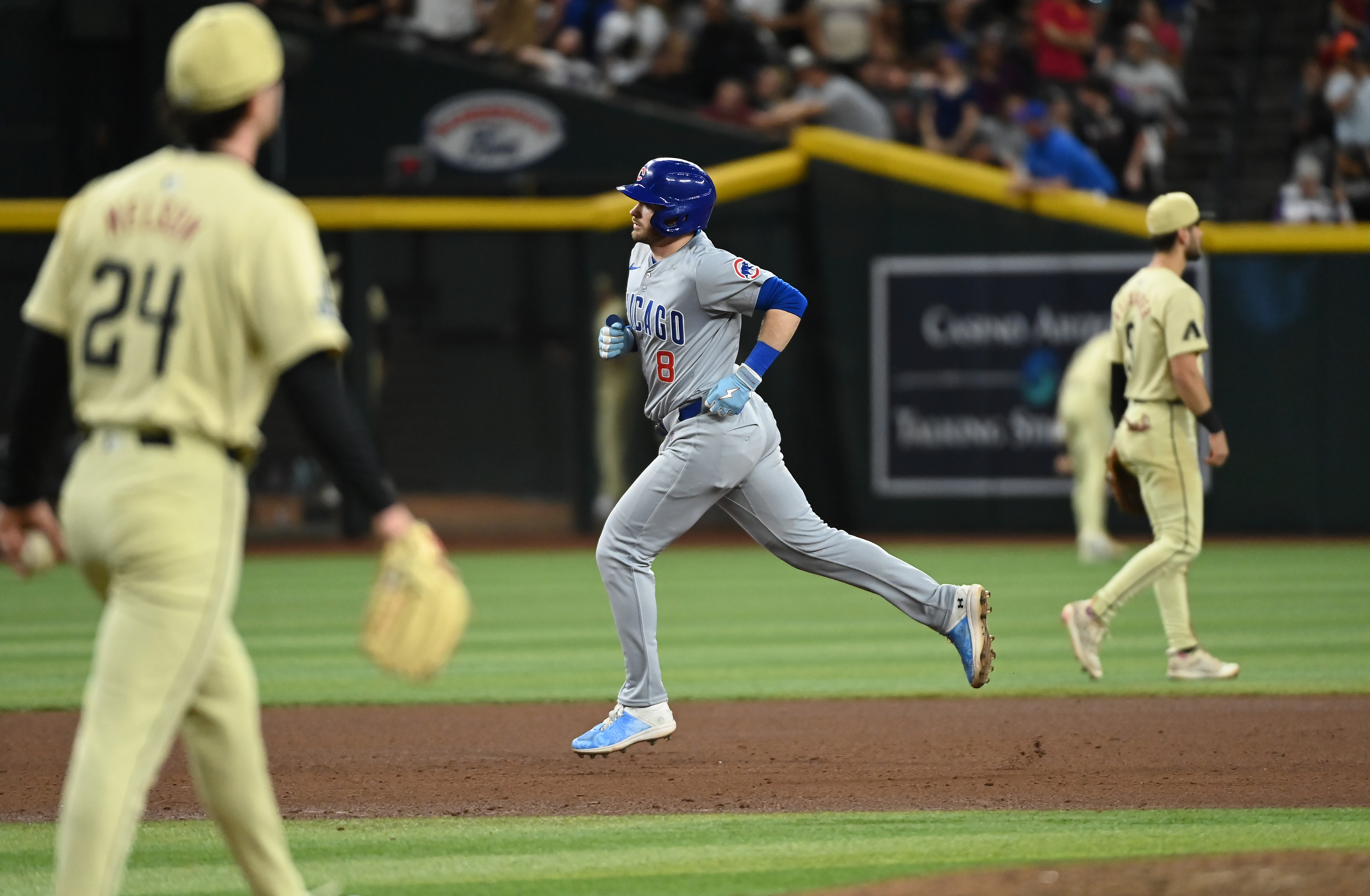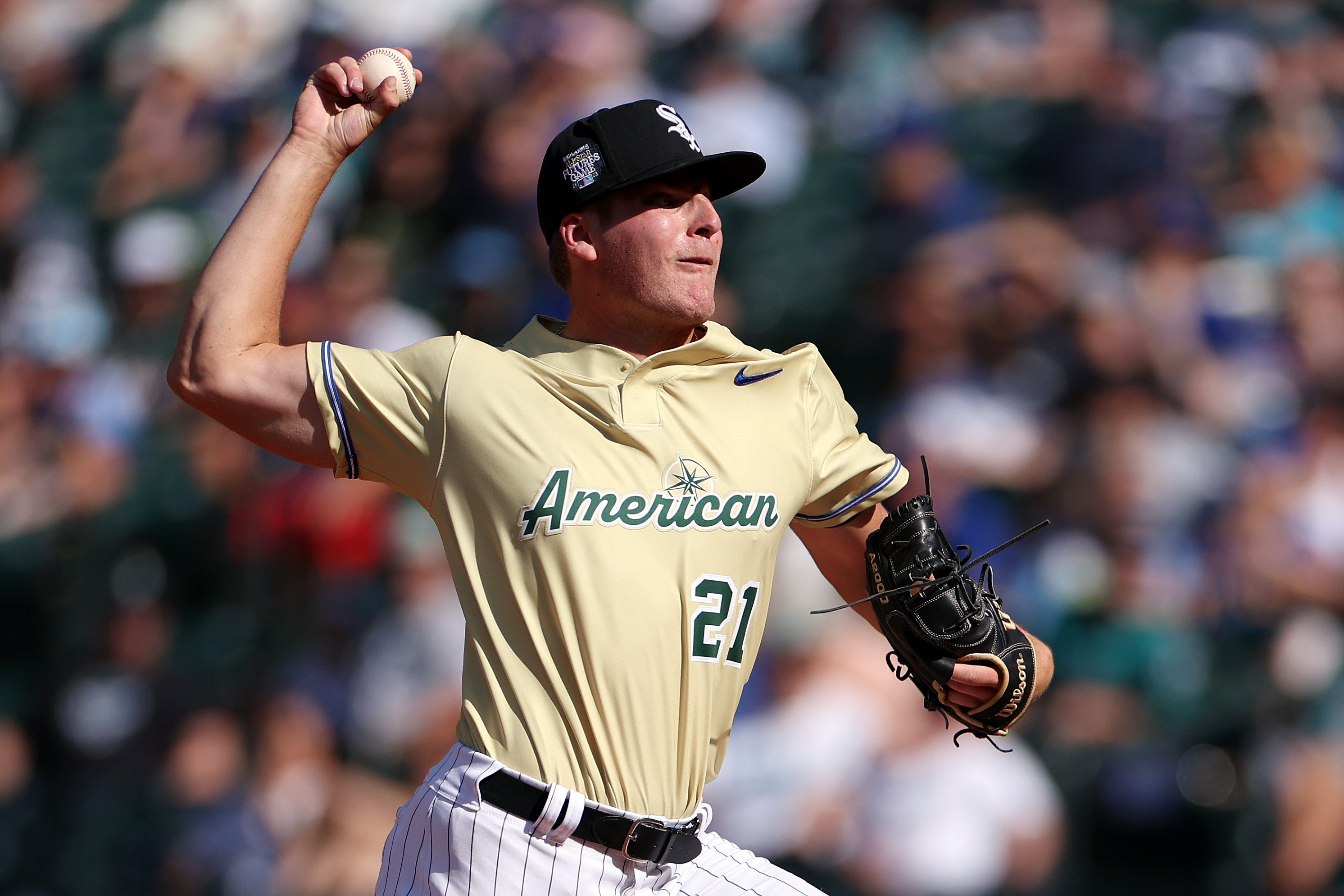
With the news of the Rays receiving permission to explore being a two-city team (St. Petersburg and Montreal), a lot of fans are shocked that this could ever happen.
Well, it HAS happened. The White Sox even did it… to an extent. Let’s take a trip back to when the White Sox played in Milwaukee in 1968-69.
On Oct. 30, 1967, at Chicago’s American Quarterback club luncheon at the Sherman House, White Sox owner Arthur Allyn made an announcement that stunned the crowd.
Allyn announced a proposal that the White Sox would play 10 games in the upcoming 1968 season in Milwaukee – one preseason game against the Cubs, and one apiece against the nine other American League teams. When asked if it was part of a plan to move the White Sox permanently to Milwaukee, Allyn said, “There is no truth to it.” But was there?
Of course, speculation of the White Sox moving was spurred by their attendance woes, drawing 985,634 fans (12th of 20 MLB teams) despite finishing 89-73 in an air-tight American League pennant race. By the way, they did at least outdraw the Cubs that season, who lured 977,226 to Wrigley Field with an 87-74 season record.
Allyn’s reasoning for the scheduling quirk was “our attempt to develop Milwaukee for our television market. We will televise our games into Milwaukee next year.”
Meanwhile, Bud Selig was intent on bringing baseball back to Milwaukee after the Braves bolted to Atlanta for the 1966 season. He had formed a group called the Milwaukee Brewers Baseball club, Inc., and had a part in forming the agreement with the White Sox ownership to make the games in Milwaukee a reality.
MLB
On temporarily bringing Major League Baseball to Milwaukee, Selig said, “While we continue working toward another permanent franchise for Milwaukee, we feel that this interest can in part be satisfied by a series of games such as these. At the same time we can continue to demonstrate Milwaukee’s outstanding credentials as a Major League site.”
Speaking of Major League sites… Allyn had announced back in June 1967 that he was hoping to have a new ballpark for the White Sox completed by the start of 1972. The location would be on the site of Dearborn Station – a 50-acre piece of land bounded by State, Polk, Clark and 15th Streets. Improbable as it may sound today, Allyn, as reported in the Chicago Tribune June 16, 1967, “said that he would like the new sports facility to house all the major teams in Chicago, including the Bears, White Sox, Cubs, Bulls, Black Hawks, and his own soccer team [the Chicago Mustangs]."
Dearborn Station still stands today, so we know how that turned out.
In any event, on November 2, the American League approved the White Sox proposal of nine games in Milwaukee for 1968 (with an additional game against the Cubs prior to the season). Nine of the 10 teams said yes; the Orioles were the only team to vote no.
On November 21, the Sox schedule was announced, including the nine games at Milwaukee’s County Stadium. All nine were Monday through Friday with 7:30 p.m. start times; the first one Wednesday, May 15 against the Angels. The last one was Monday, Aug. 26, against the Tigers.
Originally scheduled were four Crosstown exhibitions (including the one in Milwaukee) prior to the season, but only two were played. One game slated to take place in Evansville, Ind., was scrapped due to weather on April 5, and the other, scheduled for April 7 at Wrigley Field, was canceled in wake of the tragic death of Martin Luther King (on April 4).
In the Crosstown exhibition, 20,759 fans made their way through the cold to County Stadium for a 10-inning 3-2 White Sox win. Pete Ward came through with the winning hit and Cisco Carlos was the winning pitcher. Bud Selig announced that more than 11,000 “season tickets” covering the 10 Milwaukee games (including the exhibition) had been sold. All told, that 20,759 was possibly higher than expected given the national mourning following Dr. King’s assassination, as well as the lousy weather.
The first regular season action for the White Sox as a home team in Milwaukee brought 23,510 fans to Wisconsin, compared to the 8,708 fans who came to Chicago’s White Sox Park (as it was known at the time) the night before. Considering the weather (a drizzle eventually turned into a 29-minute rain delay), that total of 23,510 wasn’t bad. The next Milwaukee game – May 28 vs Baltimore – also had less-than-ideal weather, but 18,748 still turned out in “raw, misty” conditions.
The remaining seven 1968 Milwaukee home games for the White Sox averaged 31,720 fans. The fans didn’t see much success from the “home” team (the Sox were 1-8 there in 1968), but Bud Selig had to be encouraged. And so were the White Sox, because on October 29, the 1969 schedule was announced and the White Sox upped the number to 11 home dates in Milwaukee (in addition to another exhibition against the Cubs). After all, 33 percent (265,452) of the 1968 White Sox 803,775 home attendance total came in 11 games in Wisconsin.
Bad weather greeted the White Sox once again in their initial Milwaukee venture of 1969 – with 8,565 fans braving the 40-degree weather. Unfortunately, the attendance didn’t rebound nearly as much as it did in 1968, as the average of the 11 games was a modest 18,019 (even though it was comfortably above their average of 6,693 fans in 59 home dates – including 11 doubleheaders). Perhaps the novelty wore off. Probably it was the fact that the White Sox were a dismal 68-94 in 1969 (but 7-4 in Milwaukee!).
All that aside, Selig made Arthur Allyn an offer to move the White Sox to Milwaukee’s County Stadium permanently for the 1970 season, and Allyn was tempted (surely due to the fizzled plans for the new stadium). Arthur’s brother John, who co-owned the team, was not. The dilemma was solved when Arthur sold his half of the team to his brother after the 1969 season. John Allyn made it clear on October 27, 1969 that the White Sox were through playing in Milwaukee – as a home team at least. And Arthur Allyn went down in White Sox history as the owner who was a butterfly collector (he had 150,000 of them) rather than the owner who moved the White Sox out of Chicago.
As you probably already know, Selig eventually got his team when he plucked the Pilots from Seattle after their inaugural 1969 season and transformed them to the Milwaukee Brewers.
The White Sox, on the other hand, have remained in Chicago ever since.
Sources: Chicago Tribune archives 1967-70
Click here to download the new MyTeams App by NBC Sports! Receive comprehensive coverage of your teams and stream the White Sox easily on your device.


